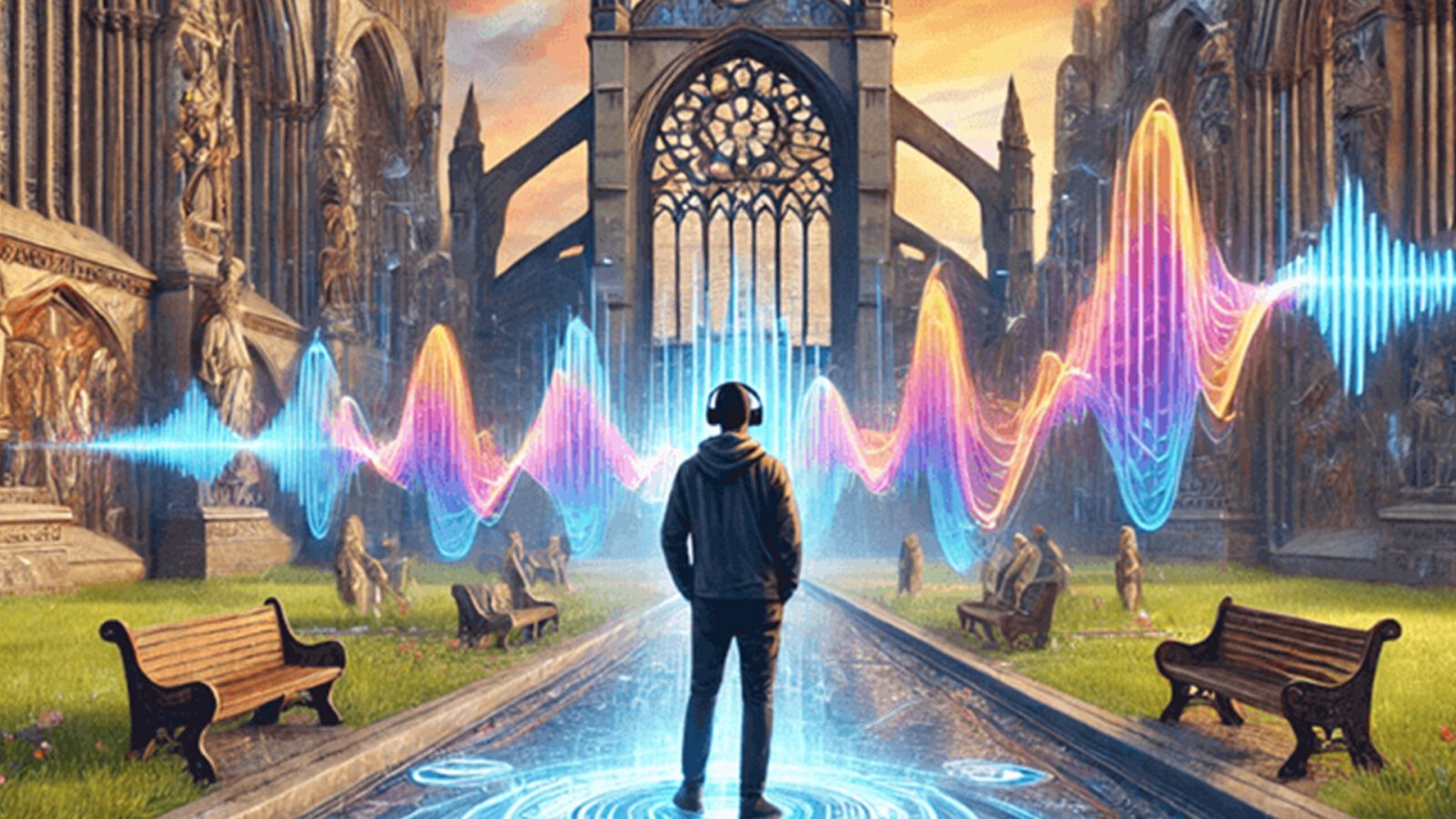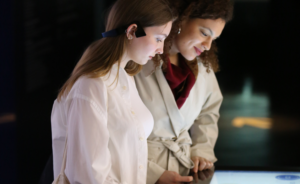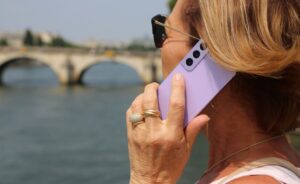Blog

3D and Binaural Audio: An Immersive Revolution for Culture and Tourism
Audio technology has reached a breakthrough with the arrival of 3D audio and binaural recordings, transforming the way visitors experience cultural and tourist sites. By combining sound immersion and innovation, this technology offers captivating experiences that redefine the standards of cultural mediation.
What is Binaural and 3D Audio?
Binaural sound, often called 3D sound, is a technology that recreates a natural soundscape by spatializing sounds in a 360° space. Unlike stereo sound, which relies on two separate sources (left and right), binaural audio simulates the way humans perceive sounds in real life.
Imagine a world where sounds come from in front, behind, from the right or left, and even above or below. Using specially designed microphones to mimic the position of human ears, this technology accurately reproduces sound nuances and distances. The result is total immersion, which places the listener at the heart of the action.
The impact of 3D audio
A Revolution For Cultural Visits: An Unprecedented Sensory Experience
3D audio opens up new perspectives to enrich visitor experiences. For example, in a castle, visitors can hear the footsteps of courtiers echoing in the corridors or perceive the lively conversations at a banquet. A cathedral comes alive with the authentic resonance of Gregorian chants, which recreates the spiritual and architectural atmosphere of the place.
By immersing visitors in a realistic sound environment, binaural audio stimulates their imagination and emotions. They don’t just visit a place, they feel it.
The Major Advantages of Binaural Audio
Total immersion in the sound environment: 3D sound offers incomparable immersion, where each noise seems to come from its natural location, bringing the places to life. Visitors perceive the layout of the places and their acoustics thanks to sound spatialization.
Enhanced Storytelling: Stories become more alive thanks to narration enriched with directional and realistic sounds.
Increased accessibility: 3D audio is particularly suitable for visually impaired people, providing an intuitive and immersive way to experience places.
Challenges to Overcome
- Initial investment: The necessary equipment, such as binaural microphones and immersive headsets, involves a significant budget for institutions.
- Technical expertise: Creating 3D audio content requires advanced skills in recording, spatialization and post-production.
- The mediation tool: To fully exploit the immersion offered by 3D audio, it is crucial to have a suitable visit tool, such as a high-performance audio headset, provided by manufacturers recognized for their reliability.
- Post-production: Projects require careful attention to detail to ensure impeccable sound quality.
With competent partners, these challenges turn into opportunities to create memorable and accessible immersive experiences.

Innovative Uses for 3D Audio
An Ideal Complement to Modern Tools
3D audio can enrich visual journeys in augmented reality (AR) or virtual reality (VR). In this context, sound becomes an additional sensory dimension which reinforces immersion.
A Rethought Cultural Mediation
Conversely, sites can choose to focus on experiences based solely on audio, going against modern devices that are often saturated with screens. This approach enhances the stories and puts the works or places at the center of visitors’ attention.
A Solution for Accessibility
For visually impaired visitors, binaural audio offers a valuable alternative. By recreating a detailed and directional sound environment, it allows for intuitive discovery of places. Combined with specific sound cues, it becomes an essential tool for making cultural experiences inclusive.
The S-Guide: A Pioneering Innovation for Immersive Journeys
The S-Guide stands out as one of the first audio guides in the form of an automatic headset designed specifically to meet the needs of cultural sites and tour routes. Unlike traditional audio headsets, it has been designed to offer an experience adapted to cultural environments, where fluidity and comfort for visitors are essential.
- A unique and universal solution: The S-Guide, one size, is designed to suit all visitors, whether young or old. Robust and suitable for intensive use, it perfectly meets the requirements of sites welcoming a large audience.
- Automatic triggering of comments: Thanks to its intelligent system, the S-Guide automatically activates audio content according to the position of visitors in the route. This function allows for natural and effortless discovery, visitors can wander freely through the site without any need to manipulate the device.
- Immersive, sound-centered mediation: Designed to fully exploit the potential of 3D and binaural audio, the S-Guide transports users into realistic and directional sound worlds.
The S-Guide is more than just a headset; it is an innovative mediation tool that enriches the visitor experience, while facilitating their discovery of cultural sites in optimal conditions.
3D and Binaural Audio: A Promising Future for Cultural Mediation
3D audio goes beyond simple technological innovation by revolutionizing the way visitors interact with cultural places. By recreating realistic and immersive atmospheres, it is no longer just a matter of seeing, but of fully experiencing a visit. Whether used through tools like S-Guide or integrated into modern devices, binaural audio offers a unique way to captivate audiences, connecting them emotionally to stories and spaces. It’s an innovative approach in a screen-saturated world.
3D and Binaural Audio: A Promising Future for Cultural Mediation
3D audio is not just a technological advancement; it profoundly transforms the way visitors understand cultural sites. By recreating soundscapes, it is no longer just a matter of observing a place, but of experiencing it fully. Visitor tools like the S-Guide ensure qualitative transmission of binaural audio to visitors.
In a world where screens dominate, this approach refocuses attention on listening and imagination, offering an immersive and soothing alternative. As this technology continues to become more popular, it is establishing itself as an essential tool for institutions wishing to innovate, capture public interest and promote their heritage in an original and inclusive way.





